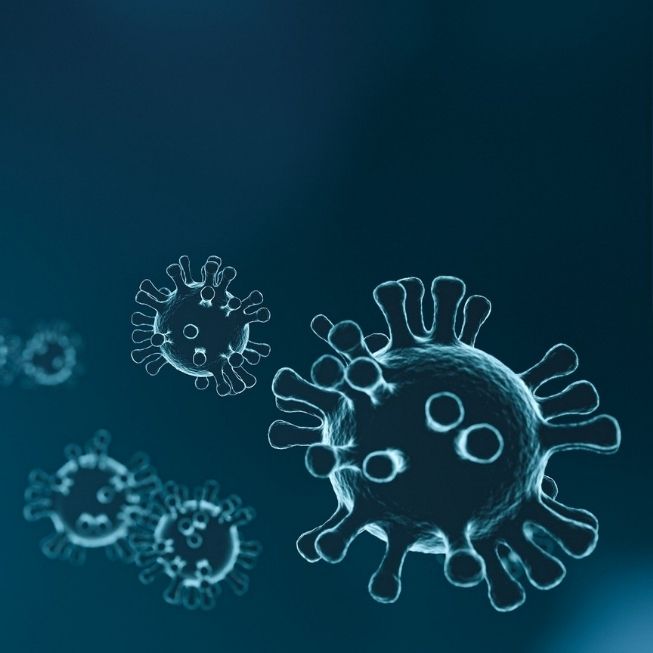The first Spaniards to be repatriated from Wuhan have now arrived in Madrid. The media are rushing to compare the crisis with similar scenes from the 2014 Ebola outbreak, although the threat is far lower. This time, Spain has a brilliant spokesperson: Fernando Simón, Director of the Coordination Centre for Health Alerts and Emergencies at the Ministry of Health. He’s come to the rescue to ensure that communication about the crisis is effective and reliable.
Señor Lobo & Friends are keen to help others learn how to get crisis communication right. The Government are doing a good job. But are the media?
10 key points handle crisis communication
Here are our top ten tips:
- Official sources must coalesce around a single message. This message must be clear, simple, transparent and accurate, making recommendations for people to follow where necessary.
- Information must be delivered via the most appropriate channel and must be used to protect people and avoid social alarm. Radio and television are key to mass dissemination.
- There must be no scoops or exclusives. All media outlets must be treated the same.
- Social media must be used as a strategic information channel. It’s important to use infographics and posts containing all the information available about the disease. Don’t retweet information from any source before checking it, even if it’s from an official account. It’s a good idea to follow official sources such as @SaludPúblicaEs or @WHOand fact-checking sites such as @vostSPAIN or @SaludsinBulos
- It’s a mistake to try and hide information because it’ll always come out in the end. Crisis communication must be led by the Government at all times.
- The news media must have specialised journalists. When communication relates to public health, these journalists should return to their posts if they are on holiday at the time of the crisis.
- Commercial interests should not come into play when preparing information. Media representatives must understand that they have a duty to society and play a role in civil protection. The media are essential in protecting the population with truthful information and must avoid sensationalism.
- Google and Wikipedia aren’t really the best sources of information in cases like this. It’s better to seek information directly from the most reliable health organisations both nationally and internationally. Of course, this makes journalism more expensive. But again, this isn’t about making money.
- It’s important for the news media to liaise continuously with the public health authorities in order to coordinate their efforts to work towards a single goal: protecting the population.
- The middle of a public health crisis is not a good time for criticism. This can cast doubt on the management of the crisis and heighten distrust among the population. Of course, criticisms must be made if there’s good reason for them. But it’s best to wait until the situation is completely under control or the crisis is over.


